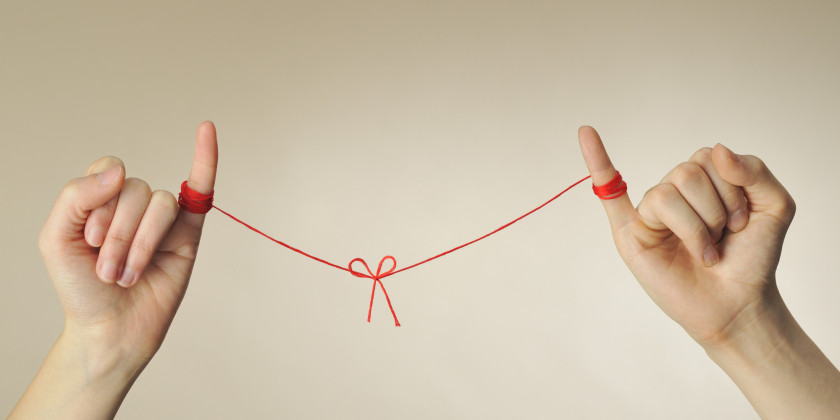Who do you trust?

Recently a bank relationship manager visited home. He was trying to peddle his wares while trying very hard to build a relationship. My experiences with bank relationship managers have always been sour partly because the relationship managers keep changing and none of them seem to be trust-worthy.
We all know that trust is the most important part of our existence. We trust our spouse, our parents, our children, our employers, bosses, friends, government – and the list is endless. Without trust, it would be impossible to function in this world. It is only when trust erodes that we understand its significance.
While there are multiple ways of defining trust, the one that is commonly used in academics is by James S Coleman in Foundations of Social Theory. According to him, trust is seen as an action that involves the voluntary placement of resources at the disposal of a trustee, with no enforceable commitment from the trustee.
It is implied that if one is willing to put oneself in such a vulnerable position, it must be because one has confidence in others. The main determinant of trust is ‘trustworthiness’. Most of us use reputation or credibility to define trustworthiness. But the question I have for you is how would you assess trustworthiness when there is no data about reputation or credibility.
Researchers have been doing a lot of work around trust. Here’s some quick info around this:
- Researchers have found that social distance is an important determinant of pro-social preferences. The shorter the social distance or the closer either psychologically or physiologically one is to another, the higher the chance of observing trusting attitudes and behaviors. No wonder all Relationship managers insist on a personal meeting. They hope that a meeting will help them in building trust.
- Researchers have found that sometimes facial features can influence trustworthiness. Here is an example of the faces shown in Oosterhof and Todorov’s study.
They have found that faces with high inner eyebrows, pronounced cheekbones, and a wide chin struck people as trustworthy. Conversely, faces with low inner brows, shallow cheekbones and a thin chin were deemed untrustworthy – public access to computer generated trustworthy faces can be found here. - In addition, voice can also influence our perception of trustworthiness. Researchers have found that male voices perceived as more trustworthy have lower pitch. In contrast, female voices perceived as more trustworthy tended to lower at the end of a word (McAleer, et al., 2014).
As consumers we rarely enjoy the benefit of complete information when engaging in transactions. Indeed, we have to rely on our confidence in the other party’s ability and willingness to honor a commitment.
In today’s hyper competitive days, trust is assuming even more significance. In these times, it is important to remember the definition of trust, i.e, are you willing to put yourself in a vulnerable position to show your confidence, and hence get the other person to trust you.
So next time when your sales team says that they are unable to win the trust of their clients, you may ask them what have they done to show their ability and willingness to honor their commitments.
We are working towards building a workshop on trust – identifying trust levels and helping teams trust each other. Do write in to know more – smita@ableventures.in






